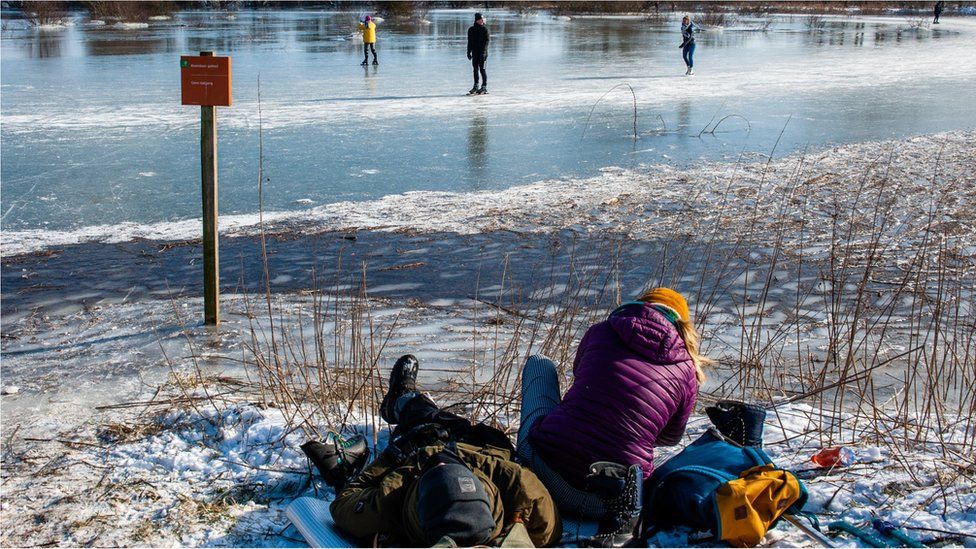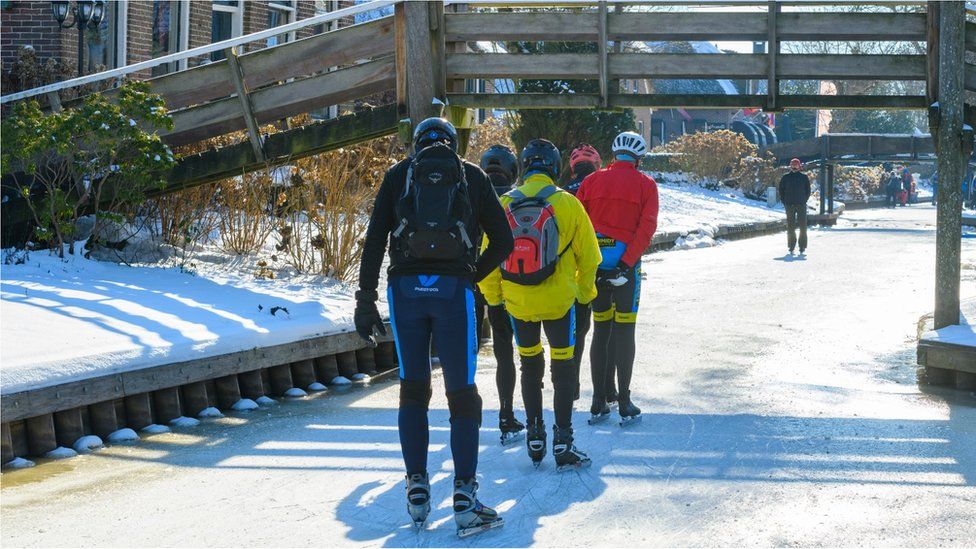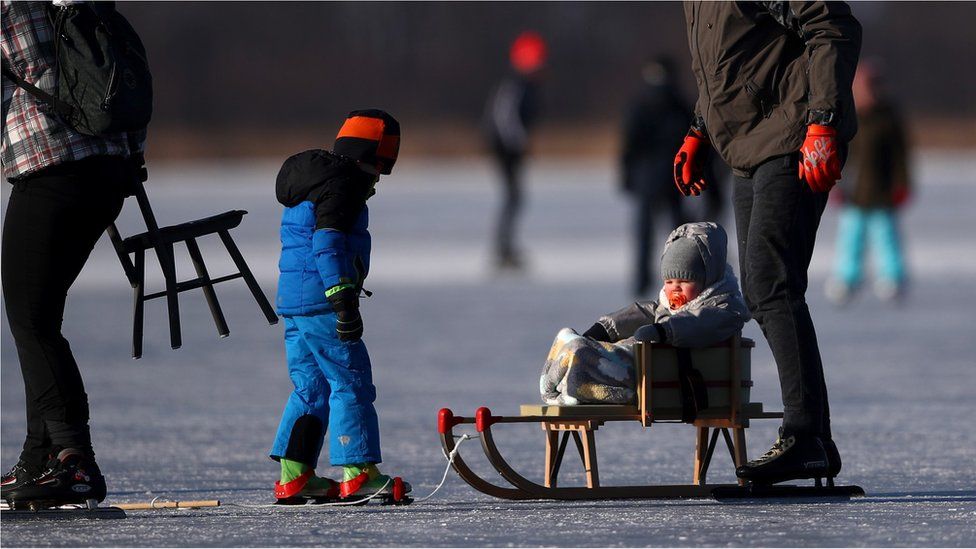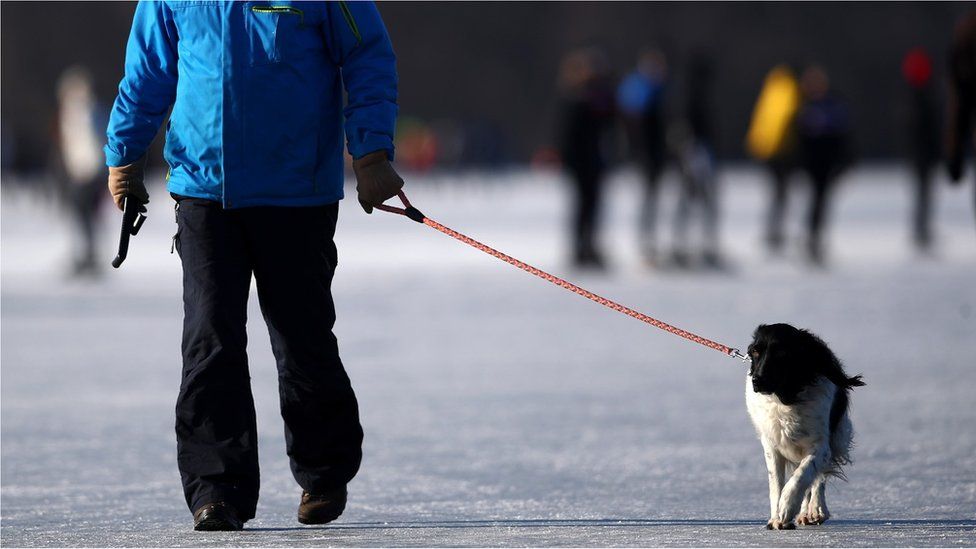In this classic episode of ‘Crocodile Hunter’ Steve handles the deadliest snake in the world, the Inland Taipan or Fierce Snake. He is taking a major chance in the video below, one bite and he is a dead man. But that is how Steve operated.
The inland taipan (Oxyuranus microlepidotus), also commonly known as the western taipan, the small-scaled snake or the fierce snake, is a species of extremely venomous snake in the family Elapidae. The species is endemic to semi-arid regions of central east Australia. Aboriginal Australians living in those regions named the snake Dandarabilla. It was first described by Frederick McCoy in 1879 and then by William John Macleay in 1882, but for the next 90 years, it was a mystery to the scientific community; no further specimens were found, and virtually nothing was added to the knowledge of this species until its rediscovery in 1972.

Based on the median lethal dose value in mice, the venom of the inland taipan is by far the most toxic of any snake – much more so than even that of sea snakes – and it has the most toxic venom of any reptile when tested on human heart cell culture. The inland taipan is a specialist hunter of mammals, so its venom is specially adapted to kill warm-blooded species. It is estimated that one bite possesses enough lethality to kill at least 100 fully grown humans, It is an extremely fast and agile snake that can strike instantly with extreme accuracy, often striking multiple times in the same attack, and it envenomates in almost every case.














































































